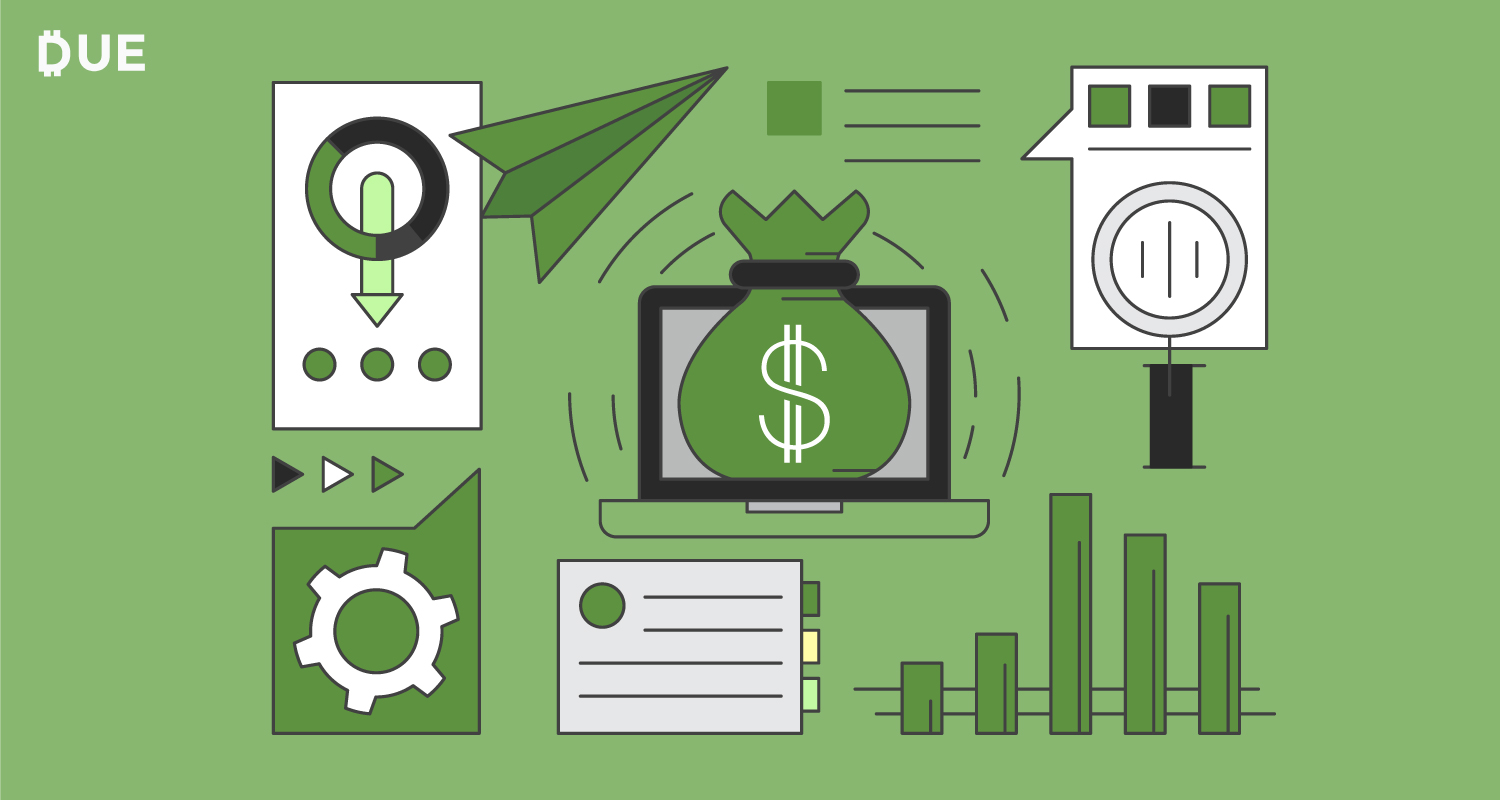An effective sales funnel is the process a client or customer takes with you. It can be as simple or as complicated as you want it to be, but the better built it is the easier is to make money. The key is to have multiple offerings for a sales funnel that cater to the needs of your market.
Here’s a quick example of what that looks like:
- Freebie to join email list. In my case, it’s my worksheet that teaches people how to write a good pitch email.
- Upsell on thank-you page. That’s a class on how to get media attention for your business.
- Emails that direct email subscribers to a free webinar.
- Webinar to consult.
- During consult, I see what offering they may be a good fit for. For most individuals, it’s group coaching. For others, it’s an on-demand class or private coaching.
The key is to know what your audience is going through when building these offerings. Here’s my process for how I created different offerings for an effective sales funnel.
Table of Contents
ToggleFind the patterns for your high-end clients.
People often try to write a book or create a class before they’ve done enough work with clients to notice patterns. That’s why I encourage my students to work with as many clients as they can on a one-on-one basis, first. Once they’ve done enough of that, then they can notice patterns that help them come up with other offerings.
For example, my group coaching experience is just a systematized version of my private coaching which focuses on creating a sales funnel and building your influence online. This was based on the common patterns I saw with private clients.
Reverse engineer the process of working with you.
Once you’ve determined the patterns from your private clients, you need to reverse engineer the process of how they got there. This looks like two things.First, reverse engineer the process of how they got around to paying you. How did they get on your email list? Did they watch a webinar? What made them hire you? What were they struggling with?
And then, reverse engineer how they found a solution to the problem. What did they do each step of the way? Which questions did they have? What obstacles did they run into? By knowing the answer to this, you’ll be able to move on to the next step.
Create offerings that address one problem at a time.
The way to create different offerings for a sales funnel is to create things that address one problem at a time. Each offering is supposed to be a ladder for the next one. Here’s what that looks like in my business:
- Free worksheet
- Another free offering in the form of a webinar.
- On-demand classes that cover one specific problem at a time. For example, pitching media, self-publishing or freelance writing.
- Group coaching program that covers the technical aspects of building a business online.
- Private one-on-one coaching which covers more mindset and expanding the funnel they’ve already created.
As you can see, each product prepares my customer for the next product in the funnel. Sometimes they can skip the on-demand classes and go straight to group coaching. Other times, they need more customized attention than what I can offer in a group so they go straight into private coaching. However, these instances are rarer.
Final Thoughts
The key to creating different offerings for an effective sales funnel is to understand the journey of your clients and customers. From there, you break it up into offerings they will need along the way to solve their problems.















